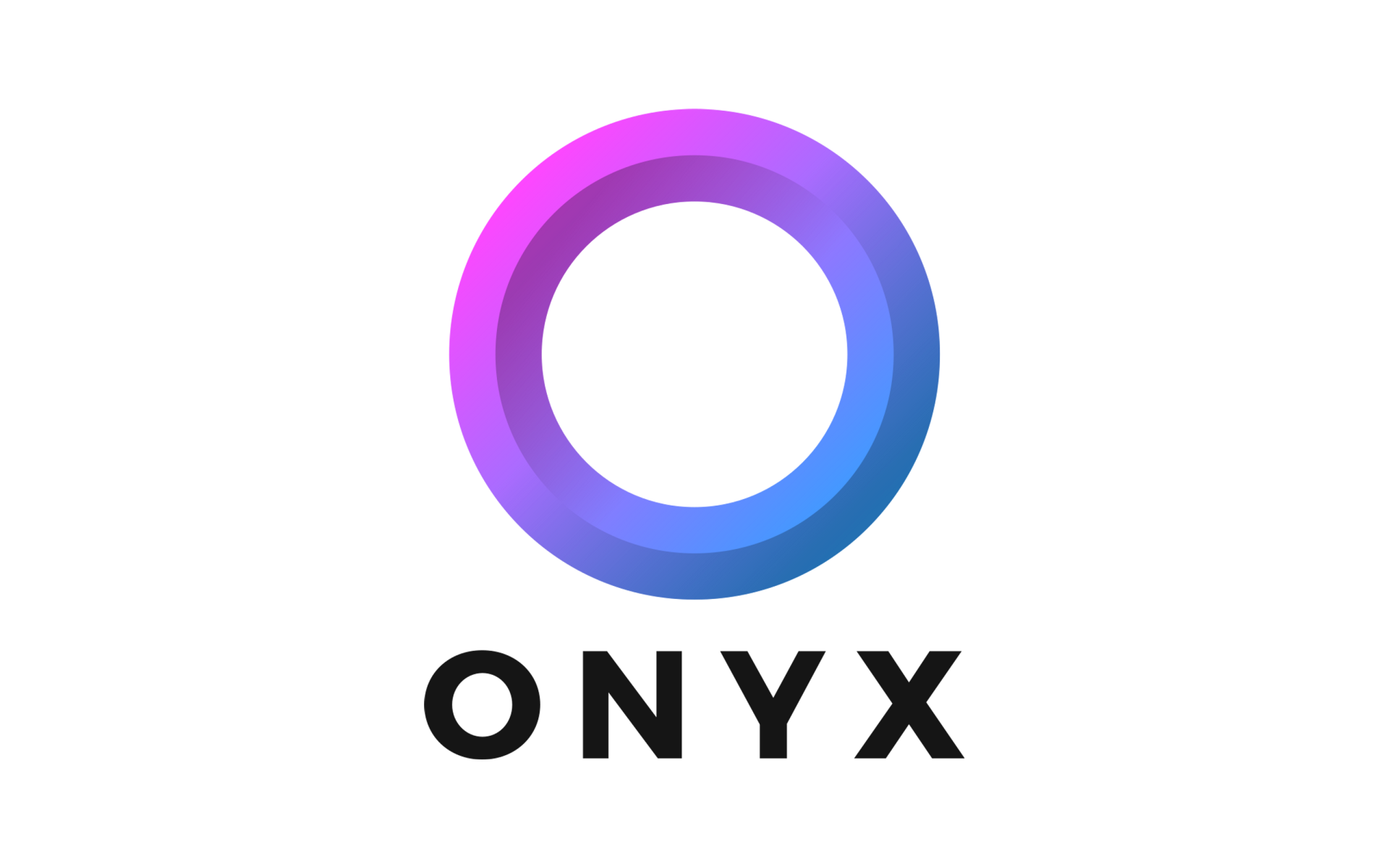In the evolving landscape of education, new terminologies and strategies often create waves of enthusiasm among educators and learners. One such term that has gained traction is 'brain-friendly learning'. Despite some dismissing it as a fad, many organisations have embraced its principles, reporting significant benefits in learning outcomes. Let's delve into the intriguing world of brain-friendly learning, exploring its origins, benefits, limitations, and a case study of its successful application.

Unravelling the Concept of Brain-Friendly Learning
Brain-friendly learning, sometimes known as brain-based learning, is an approach to instruction that is grounded in neuroscience and cognitive psychology. The idea emerged in the late 20th century when advancements in brain imaging technology revealed insights into how the brain processes and retains information. This approach maintains that teaching strategies should align with the brain's natural functioning, fostering an environment conducive to the brain's optimal learning capacity. It takes into account factors such as emotions, social environment, physical needs, and the learning content itself.
Brain-friendly learning, sometimes known as brain-based learning, is an approach to instruction that is grounded in neuroscience and cognitive psychology. The idea emerged in the late 20th century when advancements in brain imaging technology revealed insights into how the brain processes and retains information. This approach maintains that teaching strategies should align with the brain's natural functioning, fostering an environment conducive to the brain's optimal learning capacity. It takes into account factors such as emotions, social environment, physical needs, and the learning content itself.
Organisations Embracing Brain-Friendly Learning
Several organisations, spanning from multinational corporations to educational institutions, have incorporated brain-friendly learning principles. Examples include Google with its innovative 'Google's Classroom', and the Montessori education system, which emphasises a child-centric learning environment that aligns with natural cognitive development stages.
Several organisations, spanning from multinational corporations to educational institutions, have incorporated brain-friendly learning principles. Examples include Google with its innovative 'Google's Classroom', and the Montessori education system, which emphasises a child-centric learning environment that aligns with natural cognitive development stages.
Benefits of Brain-Friendly Learning
Brain-friendly learning offers several benefits:
1. Enhanced Engagement
When learning aligns with the brain's natural functioning, learners are more likely to engage with the content, facilitating improved comprehension and retention.
2. Holistic Development
This approach promotes not just cognitive development but also social, emotional, and physical growth. It considers the whole child or adult learner, not just their academic performance.
3. Individualised Learning
By understanding that every brain is unique, brain-friendly learning fosters personalised learning strategies, catering to individual learning styles and needs.
The Cons
Despite the benefits, it's crucial to acknowledge some potential pitfalls:
1. Oversimplification of Concepts
Translating complex neurological processes into classroom strategies can sometimes lead to oversimplification or misinterpretation of brain science.
Translating complex neurological processes into classroom strategies can sometimes lead to oversimplification or misinterpretation of brain science.
A Case Study:
The Storytelling Technique
Storytelling, an ancient form of communication, aligns perfectly with brain-friendly learning. It activates multiple areas of the brain, engaging emotions and aiding memory retention.

A study conducted by cognitive psychologist, Roger C. Schank at the Yale University has been a cornerstone in this field. Schank, along with Robert P. Abelson, put forth the 'Script Theory' in their work "Knowledge and Memory: The Real Story" (1995), suggesting that our brains naturally organise and store information in the form of stories. The theory posits that when information is presented in a story format, it is easier for us to understand, remember, and recall.
Consider a history teacher tasked with teaching the events of World War II. Rather than simply stating facts and dates, the teacher weaves them into a narrative, transporting students back in time. The students are more engaged, and they remember the events more effectively, demonstrating the power of a brain-friendly technique.
Conclusion
While some might label brain-friendly learning as a fad, its principles provide valuable insights into how we can enhance teaching and learning. The key is to apply these principles judiciously, complementing them with a solid understanding of individual learner needs and ongoing education research. After all, the ultimate goal of education is to foster an environment where every learner can flourish, and brain-friendly learning can play a pivotal role in achieving this objective.
While some might label brain-friendly learning as a fad, its principles provide valuable insights into how we can enhance teaching and learning. The key is to apply these principles judiciously, complementing them with a solid understanding of individual learner needs and ongoing education research. After all, the ultimate goal of education is to foster an environment where every learner can flourish, and brain-friendly learning can play a pivotal role in achieving this objective.

